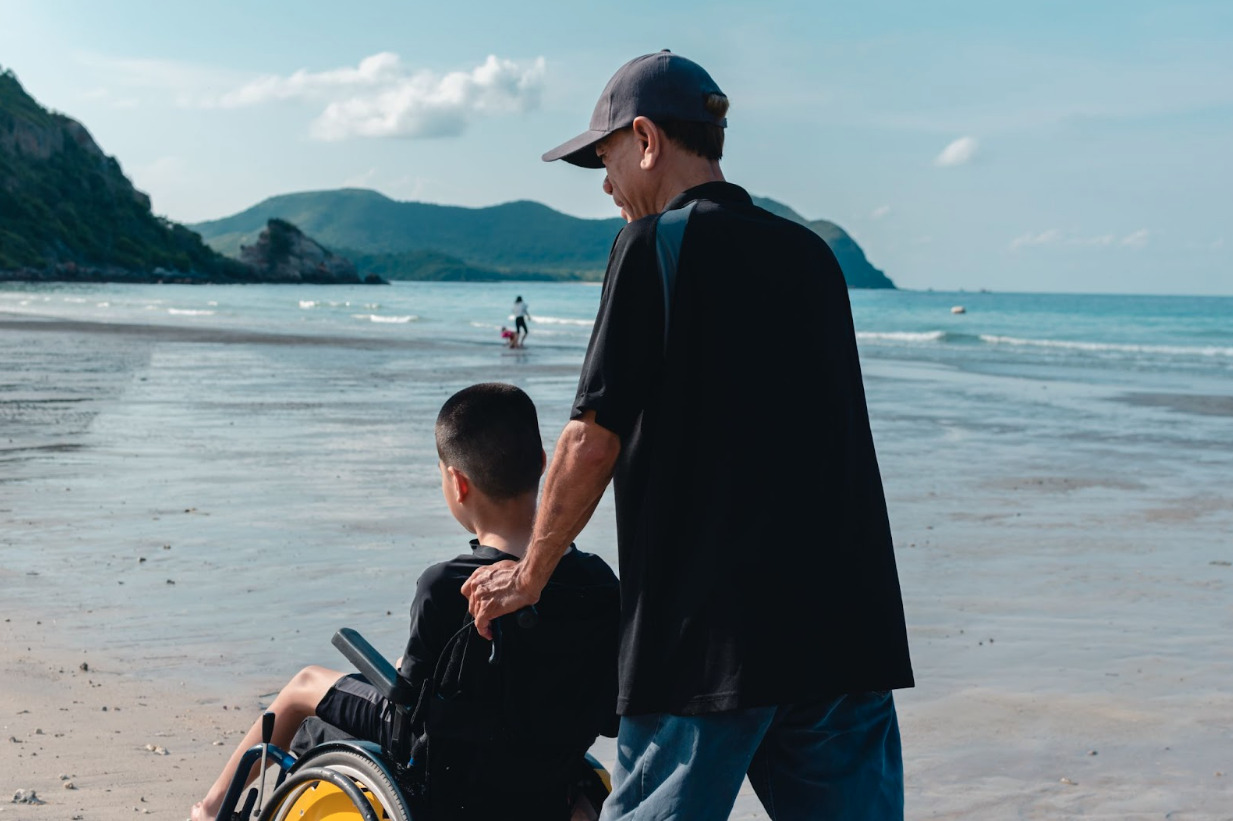With the advancements in medicine throughout the years, children with disabilities have higher life expectancies than ever before, implying they’re likely to outlive their aging parents. Your child might not face severe challenges as long as you remain the primary caregiver, but what happens after you’re gone?
Rather than waiting for your disabled child’s fate to be decided in a probate court after your demise, begin planning for their future while you’re able and have everything in place. Here’s how:
1. Create a Special Needs Trust
A trust is an arrangement that outlines how payments and property should be distributed. You can use a special needs trust to save for your disabled child, without interfering with their eligibility for federal benefits like supplemental security income or Medicaid. Setting the trust as a beneficiary in your estate and life insurance policy can secure your disabled child’s financial future. Ask your lawyer about an ABLE account, a suitable alternative to a special needs trust.
2. Writing a Will
A will specifies what should happen to your assets after you die. Legal professionals suggest not to include your disabled child as a beneficiary in your will. Instead, name the special needs trust as the beneficiary. Failure to draft a will means the probate court will likely name your disabled child as the beneficiary, which prevents them from receiving federal benefits. If you’re a parent to a child with special needs, don’t try to write your will on your own. Consider the services of an experienced lawyer who fully understands your state’s disability laws.
3. Choosing a Guardian
Before your child turns 18, they will need a guardian to care for and act on their behalf in many instances. When considering a guardian for your disabled child, examine the relationship between the person and your child. Do they share a special bond? To what extent can the guardian go for your child? Depending on your kid’s specific special needs, it is crucial to talk with the guardian you have chosen about their willingness to handle such a commitment and responsibility past the age of 18, as some will require help and guidance for some number of years more, and others may always.
4. Writing a Letter of Intent
Besides financial issues, your child’s everyday needs should be met even when you are long gone. A letter of intent captures everything essential in your kid’s life to ensure their daily living is minimally interrupted after the parents’ demise.
Begin by outlining the child’s daily routine and weekly or monthly schedules, depending on their significance. Remember to include the things the child likes and dislikes. If there are people you don’t want around your kid and activities to be avoided, have them in the letter too.
Write down the names of your kid’s medical support team, including therapists and physicians, and their contact information, being sure to include the current medications, dosages, and appointment schedules. Update the letter of intent yearly and provide a copy to the chosen kid’s guardian.
Note: The letter of intent is not a legal document, so you don’t need a lawyer to draft one.
Conclusion
As soon as children turn 18, they become legal adults regardless of their needs. This gives your child the autonomy to make financial, medical, and other decisions as they enter adulthood. If your child’s disabilities are such that they could inhibit their ability to make sound cognitive decisions, you should discuss legal guardianship with a reputable lawyer.
The filing of the document applying for guardianship allows you to maintain the decision-making and supervising roles for your child after 18 years of age. If your child can make some decisions but partly requires your guidance on legal or financial affairs, discuss a power of attorney with your lawyer.
Do not assume that another family member will automatically step in and care for your disabled child after your demise. Start estate planning and avoid probation, trust the 30 years experience in Foley Law Offices to help you secure your disabled child’s future today.

